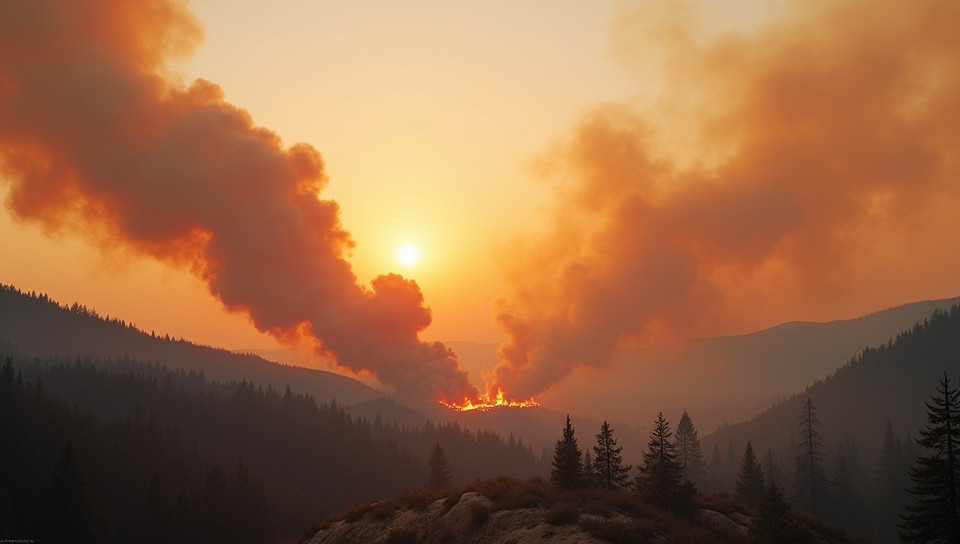Smoke from fires causes air pollution 34%

The Devastating Impact of Wildfires on Our Air Quality
As we witness the destruction caused by wildfires across the globe, it's essential to acknowledge the secondary disaster that accompanies these natural disasters: air pollution. The smoke from fires not only causes immediate harm but also has long-term effects on our health and environment.
The Chemistry Behind Smoke-Induced Pollution
When vegetation burns, it releases a cocktail of pollutants into the atmosphere. These include particulate matter (PM), carbon monoxide (CO), nitrogen oxides (NOx), sulfur dioxide (SO2), and volatile organic compounds (VOCs). As these chemicals mix with other atmospheric pollutants, they contribute to the formation of ground-level ozone, a major component of smog.
The Effects on Human Health
Exposure to smoke from fires can have severe consequences for human health. Some of the most significant risks include:
- Respiratory problems: PM and VOCs can exacerbate conditions like asthma and chronic obstructive pulmonary disease (COPD).
- Cardiovascular issues: Exposure to air pollution has been linked to increased heart attacks, strokes, and cardiac arrhythmias.
- Cancer concerns: Long-term exposure to carcinogenic pollutants like benzene and polycyclic aromatic hydrocarbons (PAHs) increases the risk of various cancers.
The Environmental Impact
Wildfires don't only affect human health; they also have a significant impact on our environment. Some of the most notable consequences include:
- Climate change: Wildfires release massive amounts of carbon dioxide into the atmosphere, contributing to global warming.
- Loss of biodiversity: Fires destroy habitats and ecosystems, leading to population declines or even extinctions.
Conclusion
The smoke from fires is a potent source of air pollution, with far-reaching consequences for human health and the environment. As we strive to mitigate the effects of climate change, it's essential to acknowledge the role that wildfires play in exacerbating this issue. By understanding the chemistry behind smoke-induced pollution, we can work towards developing effective strategies for prevention, preparedness, and response.
- Created by: Ömer Asaf Özkan
- Created at: Nov. 29, 2024, 11:50 a.m.
- ID: 16317








